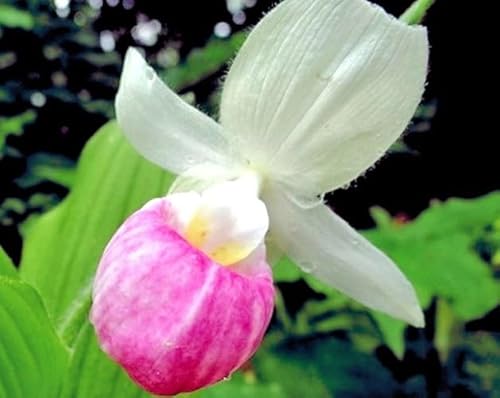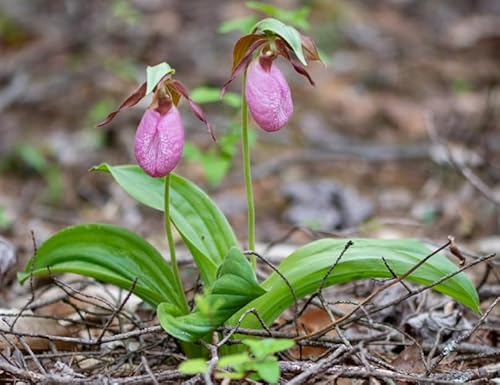Proven? I grow a lot of other things besides orchids and have found its always preferable if they recieve a continual delivery of nurients during the growing season. This is the way the Japanese people (not all) feed their plants including paphs and they have had 3 hundred years experience in container growing. They use solid organic fertilizer made from pressed seed meal and bone meal with undeniable results but you really have to know what your doing.
I can't see why a similar method with modern fert. in optimum consentrations wouldn't work but I couldn't be bothered
You misunderstood what I said. I have always been a big proponent of continuous feed for growing plants. What I said was proven to not work was a continual extremely weak fertilizer solution. A continual weak solution will maintain plants and that fits well into the Japanese culture where they consider their plants will be in their families for generations, they are not in a hurry.
MSU formula was developed to do the opposite, maximum nutrients for maximum growth, and it works very well. But now after some years of using the formula we have more experience to evaluate about it.
Ricks observations about excess potassium has given reason to look for a modification to the MSU formula. So far everything he has reported makes sense. We want fast growth that is better than what we have now and we want to grow the plants faster and better than Nature does it.
Can't forcing lead to problems down the road? We aren't talking pumpkins

Yes forcing can lead to problems and that is the reason to try a modification to the forcing ratios.











































